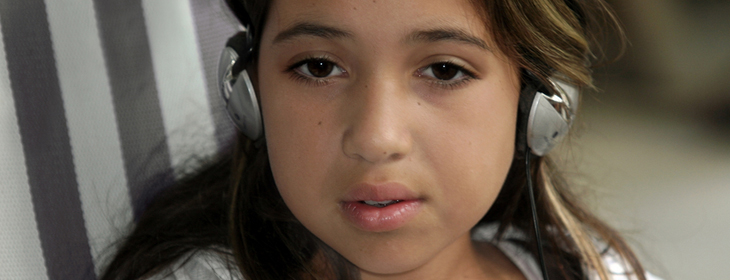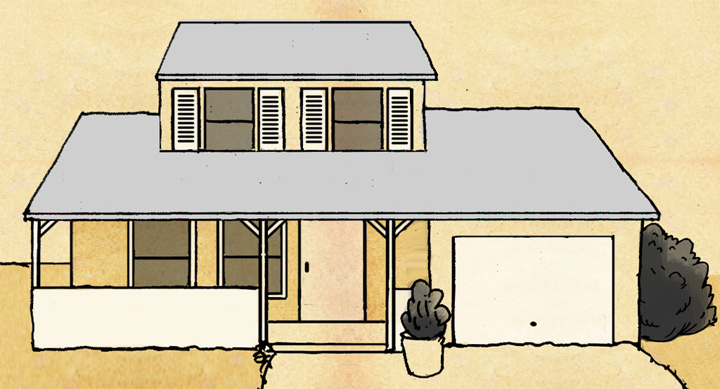| Tutor: |
Group B, you now have 3 minutes to discuss the options before making a decision. |
GROUP B |
| Piet: |
OK, so what’ll we do first? Let’s think about all our options. |
| Una: |
Good idea. Well, we could put in a burglar alarm. |
| Tom: |
Yes, but that's very expensive. |
| Piet: |
Hang on, Tom. First we're just going to run through the options and then we’ll discuss the strengths and weaknesses of each one. |
| Tom: |
All right, but it’ll take a long time that way. |
| Una: |
It’s the best way, though. So, as I was saying, burglar alarm. What else? |
| Piet: |
Locks on the windows and the doors.... |
| Tom: |
And closed circuit TV connected to the local police station. |
| Una: |
Now who's talking about expensive options? |
| Tom: |
Yeah, and a safe or strong box to guard valuables. |
| Piet: |
Yes, that's important. What about a dog? |
| Una: |
Yes, let's add it to the list. Also, another simple measure is to make sure the neighbours take care of each others’ houses, check on things. |
| Tom: |
And they could put some lighting in the garden so that they can see if anybody comes near the house. |
| Piet: |
OK, good, so now we’ve got a good list of possible actions. In an ideal world, a family would have all these security options installed, but we have a very limited budget, remember, so we have to make some hard decisions. |
| Una: |
Well, I know a burglar alarm is rather expensive, but it is a very effective measure against burglary, remember. |
| Tom: |
It’s far too expensive, Una, we only have $500 to spend. Even the cheapest alarm would cost about $350. |
| Una: |
But then we wouldn’t need to spend much else – an alarm would be so effective! |
| Tom: |
Oh come on, Una, don’t you think we’d still need to put locks on the doors and windows? |
| Piet: |
He's right, Una, there's not much point in having an alarm if the burglars can just walk straight into the house. |
| Una: |
Well, all right. We could still afford locks for the doors and windows, even if we do buy the alarm. And don’t forget, you two, that there are all sorts of things we could be doing that don’t cost any money at all. Remember the importance of the neighbours – we need to make sure that the neighbours all know what’s going on. |
| Tom: |
True. We also need to make sure the family doesn’t leave money and other valuables lying around the house. Do you think we should buy a safe? |
| Piet: |
Well, the policeman said that if you didn’t have a safe, a good thing to do is to make sure that valuables are hidden in drawers in different places in the house. |
| Una: |
OK, so no safe – we just hide the valuables. What else could we do that wouldn't cost much money? |
| Tom: |
Well, something we didn’t mention earlier is to make sure that some of the curtains in the house are drawn. If curtains are left open like this, potential burglars can see that there’s no-one home. |
| Una: |
True – they can also see just what is available to rob. What did you two think about a dog? |
| Piet: |
Well, it would be a lot of work, and anyway, since this family is going on holiday, they wouldn't be able to leave the dog to look after the house, would they? Someone would have to feed it, so I don't think it’s a very good option. |
| Una: |
You're right. So, time's almost up – how are we doing? We've got a burglar alarm – did you two finally agree to that? |
| Tom: |
Yes, if it means we can also afford locks for doors and windows. |
| Una: |
Yes, I'm sure we can. And then we decided, not a safe, but we'd tell the family to be careful to hide valuables in different places. Also to close a few of the curtains, and to make sure the neighbours know that they're away. |
| Piet: |
As long as they can trust the neighbours. |
| Tutor: |
Right, everyone, time’s up. Let’s have a look at what you’ve managed to do. |

